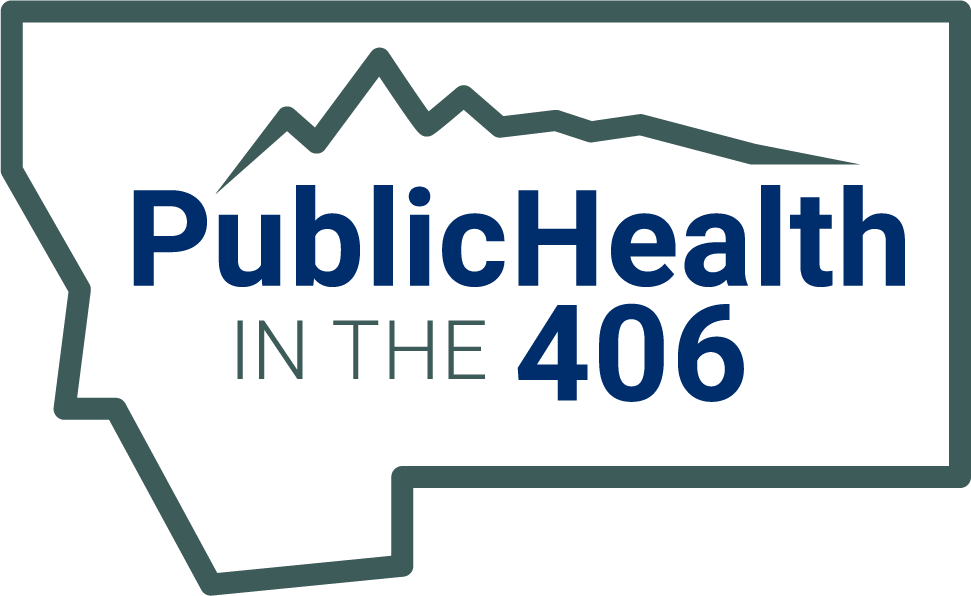School Employee Wellness
Planning & Resources
Employee wellness programs and healthy work environments can decrease employee absenteeism and the cost of substitutes, reduce employee turnover, lower health care and insurance premiums, improve employee morale, increase productivity.
Key Principles for School Employee Wellness Programs
The traditional approach to developing school employee wellness programs has been “cafeteria-style” (i.e., offering choices from an array of activities).These activities-centered programs boost morale, develop awareness, and expose employees to opportunities to engage in activities. They tend to attract the “worried well” or those who are likely to practice healthy behaviors even if they have no program to engage them. Some districts are turning to a results-oriented or “population health management” approach to school employee wellness. This approach uses annual individual health risk appraisals to provide data as a basis for designing targeted health-promotion interventions. Each school will have to develop its own method of assessing your staff’s health risk. By focusing on identified health risks, it aims to attract people who are most at risk and less likely to participate in health-promotion activities.
Examples of Employee Wellness Activities:
- Blood Pressure Screening
- Breast Cancer & Colorectal Screenings
- Diabetes Prevention Program
- Height and Weight or Body Mass Index Measurements/Tracking
- Oral Health Screenings
- Serum Cholesterol
- Skin Cancer
- Crisis Intervention for Personal Problems
- Nutrition Education
- Physical Activity and Fitness Counseling
- Stress Management Education
- Tobacco Cessation
- Weight Management Support Programs
Planning Tools
Whole School, Whole Community, Whole Child: Employee Wellness Overview
Research overwhelmingly shows employee wellness programs and healthy work environments can 1) decrease employee absenteeism and the cost of substitutes, 2) reduce employee turnover, 3) lower health care and insurance premiums, 4) improve employee morale, and 5) increase productivity. Students, in turn, have positive role models, learn better and are healthier.
School Employee Wellness: Toolkit of Resources
(Michigan State University)
This comprehensive list of resources was created by the Michigan State University Extension Program and the Directors for Health Promotion and Education. Resources are broken out into nine focus areas ranging from how to identify leaders to implementing a plan and sustaining the program.
School Wellness Works!: A Guide for Developing Effective School Wellness Policies and Practices (Minnesota Dept. of Health/Dept. of Education)
The School Wellness Works! toolkit provides guidance and resources to help schools move from policy to action to ensure student health continues to be a top priority for schools. Many resources and tips are noted to help develop, refine, implement and monitor the wellness policy and related activities. The toolkit is designed to assist those with responsibilities for policy implementation
Thriving Schools: Kaiser Permanente
This site breaks out school employee well-being into the topics below. Each section includes ideas for improvement, links to research, and webinars on successful real world implementation of school wellness policies.
- Healthy Eating
- Physical Activity
- Social & Emotional Well-Being
- Staff Break room Makeovers
- Labor Management Collaboration
- Webinar Learning Series
Healthy Meetings Toolkit
This toolkit from National Alliance for Nutrition and Activity contains ideas for putting on a healthy meeting or workshop. Consider creating a “Healthy Meeting” atmosphere by following the ideas in this toolkit.



